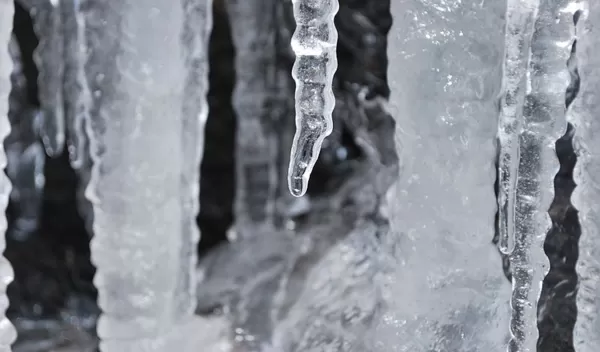
Scientist observes nanodroplets of water turning into ice
Water turning into ice when exposed to cold is a given, but much about the transformation process and its parameters remains unknown. A scientist at the University of Houston observed the crystallization of water turning into ice at the molecular level, down to an unprecedented two nanometers in diameter.
The researcher then discovered that the freezing process could be controlled when the nanodroplets were in contact with soft surfaces. The results of the research, funded by the U.S. National Science Foundation, were published in the journal Nature Communications.
Water-ice transformation of droplets even a few nanometers in size can affect nature -- impacting climate, clouds and survival mechanisms of animals in cold environments. Ice can also affect infrastructure, crippling transportation networks, causing power outages and energy shortages, and damaging the economy.
"Experimental probing of freezing temperatures of a few nanometer water droplets has been an unresolved challenge,” said researcher and lead author of the study Hadi Ghasemi. “We have been able to probe freezing of water droplets from the micron scale down to the two-nanometer scale."
Until now, researchers believed that all water would freeze when exposed to temperatures between 0 to -38 degree Celsius. "But we found that if a water droplet is in contact with a soft interface, freezing temperature could be significantly lower than it is on hard surfaces,” said Ghasemi. “A few-nanometer water droplet could avoid freezing down to -44 C if it is in contact with a soft interface."
Anti-icing surfaces play a critical role when the temperature drops, yet the development of high-performance anti-icing surfaces has remained elusive. These findings provide new insights, the scientists said, into water-ice transformation phenomena that will improve the design of anti-icing systems for infrastructure, transportation networks, power generation systems and even cryopreservation.


